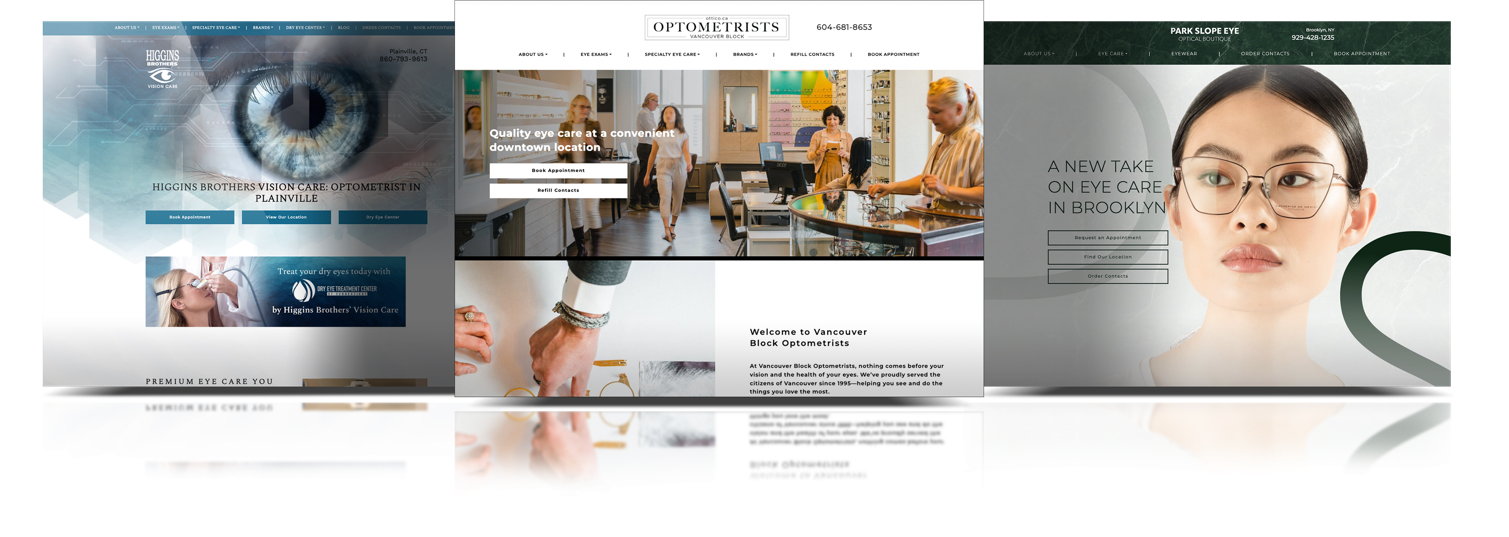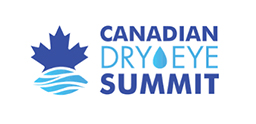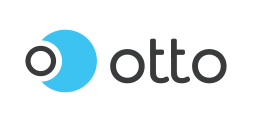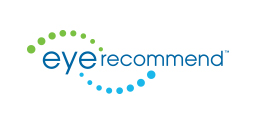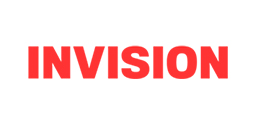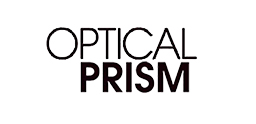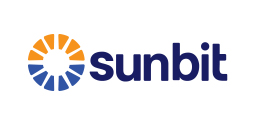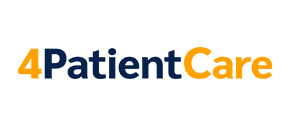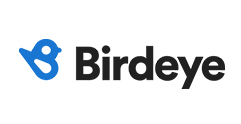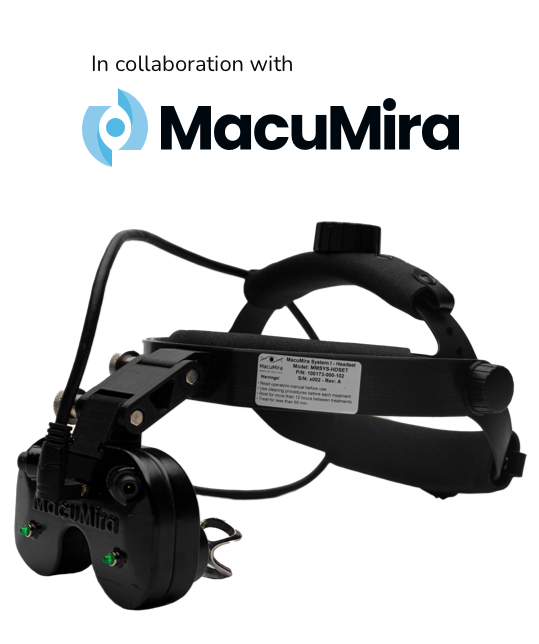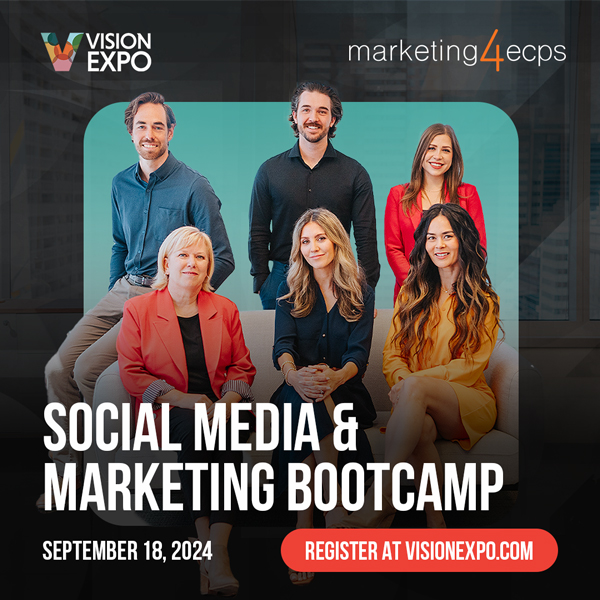In Jill’s recent post (I Built a Website, Now What?), she went over in fair detail different types of marketing that you can leverage to drive traffic to your website. Traffic is important; it will yield the return on investment you’re seeking.
This is especially true of SEO, where following some technical best-practices and getting a little creative can yield dividends. But SEO is this mysterious process that nobody seems to really understand, right? Unfortunately, that’s often the case, but it doesn’t have to be that way. By the time you’re done reading this article, it won’t be for you. Let’s dive in.
Before or After: When Should You Integrate SEO?
In an ideal world, you’ll have considered your SEO strategy prior to developing a new website. SEO isn’t just a series of metrics that can boost your rankings; it’s a philosophy that empowers your website to reach its intended audience more effectively.
However, if you’re like many business owners and are now looking at your shiny new website with the intention of improving your SEO, fret not. You can integrate an effective SEO strategy anytime. In this case, you may wind up repeating a few pieces of work, but the payoff is worth it.
You can begin your SEO strategy anytime, but there’s no time better than now.
On-Site SEO Strategy
There are two distinct “parts” to an SEO campaign: the onsite strategy, and the offsite strategy. In this post, I’m going to focus mostly on the onsite bit, as that’s the easiest piece to take on and its success is foundational to the larger strategy.
You’ve likely heard all the terms before: metas, 301s, keyword density, interlinking, h-tags, sitemaps, and so on. There was a time when paying close attention to all these metrics was critical. Although they’re still important today, Google is sophisticated enough to know that the perfect “onsite” experience isn’t always the one with its on-site SEO 100% dialed in.
Let’s have a look at a few important on-site factors that are still very impactful:
- Mobile experience
- Certain technical factors
- Website structure
- Page speed
- Typography
Mobile Experience
As we enter the second half of 2018, it’s a given that your mobile experience is critical. However, do you know just how critical? Consider this: as of June 2018, according to SearchEngineLand.com, more than 57% of North American web traffic is from a smartphone or tablet.
Globally, that number is just north of 52%.
If your shiny new website has a less-than-stellar mobile experience, rectify that first before looking any further.
A great mobile experience starts with:
- Content that is formatted to fit the mobile screen
- Buttons and links that can be easily activated with a finger tap
- A fast load time (more on that below)
- An easy to use navigation experience
If there’s an “SEO hill worth dying on,” mobile experience is it.
Technical Factors
While keyword density is not an important on-site SEO element, many “legacy” technical factors, such as incorporating a sitemap.xml file, are. Some of these include:
- Appropriate meta titles and descriptions
- Proper use of H1 tags
- Keyword-centric URL structures
- Ideal structure: yoursite.com/service-category/service
- Example: camssite.com/photography/landscape-photography
- The inclusion of privacy policy and website terms and conditions
- Use of sitemap.xml
- Image ALT text
Website Structure
How your website is laid out is important. The website structure – which includes the sitemap and layout – determines where content is placed and how users find it.
Your goal is to have a website structure that empowers your users to find any piece of content in 3 clicks or less.
The more difficult it is to find content on your website, the less often users will do so (and the lower you will be ranked in Google as a result). Think about it: when you get to a website that is difficult to navigate, do you spend time hunting through the site or do you go back to Google and try a new result?
Exactly. Your users will do the same thing.
Luckily, all it takes to maintain a great structure is to consider a few easy rules:
- Every major service should have its own page
- Having a single “services” page leaves a lot of SEO value on the table
- Building on that, how can you effectively speak to a service on a single page that talks about every service or product you provide?
- Determine pages based on topic, not on keywords
- Having a page about Pediatric Eye Exams is a far superior experience compared to having a page for each relevant keyword (Children Eye Exams, Eye Exams for Kids, Infant Eye Exams, etc.)
- Ensure your navigation menu is properly organized and easy to use
- Avoid “fancy” menus that try to cram too much into them; users find them confusing!
- A three-level menu is okay, but anything beyond that becomes superfluous (and confusing)
- Services -> Eye Exams -> Adult Eye Exams (Good)
- Services -> Eye Exams -> Adults -> Eye Health Exams (Bad)
Page Speed
Google has publicly called out that page speed is a major factor for mobile rankings. In 2018, it is no longer acceptable to have a website that takes 20 seconds to load.
There are numerous studies that show a tangible correlation between page load speed and the number of users that leave before your website has loaded. This post from Kissmetrics does a great job throwing some data around.
If your site takes more than 5.5 seconds to load, you’ve got some work to do. Start with:
- Reducing the file size of image assets
- Hosting videos on third-party sites, such as YouTube, and embedding them
- Leveraging browser caching
- Employing a content delivery network, such as Cloudflare
- Lazy-loading images
Typography
By typography, I’m primarily referring to the appropriate use of h-tags. In the world of SEO, there are three worth talking about:
- H1 – The title of a page or post
- Think of the H1 as the title of a book, you should only ever have one
- Make it relevant and descriptive, using your target keyword if appropriate
- H2 – A section title
- Think of the H2 as a chapter title in your book
- Use as many as appropriate, but don’t overuse them
- Use H2’s to subdivide content into distinct sections
- H3 – A subsection title
- Think of the H3 as a subchapter title within a chapter in your book
- Use as many as appropriate (but again, don’t spam them)
- Nest H3’s under H2’s
- H2: Optical Brands / H3: Oakley
- H2: Causes & Symptoms / H3: Physical Symptoms
H-tags are less a direct SEO metric so much as they’re an effective way to organize your content. Guess what? Organized content that it easy for a reader to scan and consume is an SEO metric (via website engagement).
H-tags also make content easier and more enjoyable to read, so make good use of them.
Great Content is Key
Google has gone on record saying that the two most important ranking signals, in order, are content and backlinks.
Content is #1 for good reason: Google’s mission is to offer its users the best possible search experience. That means that it needs to serve up results that are filled with great content that provides genuine value to their users.
More than that, the content Google serves up needs to properly address user intent (what someone is actually looking for when they search).
Content is more than just words: it’s the summation of media, including video/graphics/animated GIFs/etc., that conveys the information you want to present. In other words, content is the message as opposed to the medium.
Speak to Your Users, Not Yourself
A common mistake that business owners make when creating content is that they create content for themselves. While it’s always good to get your ideas to paper, it’s important that you identify who the content is for and what they’re hoping to get out of it.
User intent is the name of the game for any successful SEO strategy. User intent refers to what specifically someone is looking to find when they search. Over the years, Google has become increasingly better at understanding what people are looking for and why. As we look toward 2019, it’s safe to assume that Google’s focus on user intent will persist.
For the content creator (you), this means creating content that answers users’ questions, provides them with great resources, and most importantly, is genuinely helpful.
When writing a new blog post or planning a service page, consider:
- Is the topic in question something my customers need to know about?
- What information should this piece of content contain in order to objectively be the best piece of content on the subject?
- Is a blog post the best approach, or should I look at something more visual (such as an infographic) or something more engaging (such as a video or interactive quiz)?
- How can I help my users/customers explore this topic further?
The above is true for any type of content, from product service pages to informative blog posts.
Always Address the Who, What, & Why
A major part of speaking to your users is in understanding who they are, what they’re looking for, and why they are looking for it.
This understanding blends demographics and user intent, providing you with a template for creating great content.
When writing a blog post or creating your media, consider the value proposition your users are looking for:
- Who is your ideal reader?
- What do they do for a living?
- What do they enjoy?
- How old are they?
- What are their values?
- What can you offer them?
- Unique information
- Industry secrets
- Tips, tricks, and time-saving opportunities
- Education/mentorship
- Why are they looking for the information you’re providing?
- How will it benefit them?
- What is keeping them up at night?
- What will they need your information for?
Consider the above and not only will your content resonate with your users, but it will rank better in Google as well.
Education, Not Sales
I’ll conclude this section on content by talking about the value of education. Often I see businesses create blog posts or videos that, while perhaps intending to be valuable to their audience, wind up being little more than thinly-veiled sales pitches.
Users see right through that. Remember: everybody loves to shop, but nobody likes to be sold.
In 2018, it’s easier than ever to research a product, business, or service before putting up your hard-earned money. This ease of research also makes it easy for someone to evaluate your business (and your competitors) before making a commitment. Because of this, how you present yourself to your audience is critical.
In my experience, the easiest way to “sell” someone on your brand is to educate them. Educational content takes on many forms and rarely polarizes someone. If you do it well, it will build equity and trust.
Educational content takes on many forms:
- How-to’s
- How to Choose the Right Frames for Your Face
- How to Clean Your Glasses
- Guides
- Guide: Everything You Need to Know About Contact Lenses
- Guide: Reducing Digital Eye Strain
- Comparisons
- Sunglasses vs. Photochromic Lenses: Which is Best For You?
- Comparing Acetate & Metal Frames
- Opinion Articles
- Why You’re Giving Yourself Eye Strain (& What to Do About It)
- Myopia is Everyone’s Problem: Here’s Why
- Q&A’s
- [Q&A] Which is the Best Type of Lens for Office Workers?
- [Q&A] 21 Common Questions About Eye Health Answered!
- Reviews
- Nikon Blue-Light Filter Review
- Eyegiene Dry Eye Face Mask Review
Focus on creating genuinely great content that teaches your users and provides them value. Sure, you aren’t “selling” them on your services, but you are selling them on your value and expertise as a business and brand. In so doing, you make it much more likely that you’ll be who they call when they need what you offer.
Remember: people are more inclined to buy from people and businesses that they trust, and the easiest way to build that trust is to teach them something.
Onward & Upward!
If you’ve gone through this novel of a post, by now you’ve probably realized that SEO is ⅓ the website and ⅔ the experience provided. Great content and technical capability go hand in hand, but it’s the overall user experience that will get you ranked.
However, SEO does take time and that time is part of what gives SEO its “mystery”. There’s no one marketing channel that business owners are more confused about than SEO. Employ the above and stick to your vision, however, and the mystery will unravel as you rise higher in the search results.
Measuring Success
Speaking of rising higher in search results, how can you measure whether or not your SEO efforts are proving fruitful? Start with these free solutions from Google:
- Google Analytics – Drill into organic traffic, which is found under the Acquisition tab. Organic traffic is traffic that came from a search engine rather than advertising. This will tell you how many people Google is sending your site.
- Google Search Console – A literal conversation between Google and your website. The search console will give you information about your rankings, which keywords you’re being found for, and how much traffic each keyword is sending you.
If SEO is something you’re keen on, you may also find value in third-party SEO toolsets (I recommend SEMRush), which will provide even more data than what Google’s offerings give you.
Get Started Now!
Whew- that was an earful (or eyeful, as it were). With your new-found knowledge, go out there and claim those rankings. There’s no better day than today to get started and no better time than now!
Have fun and good luck.










